Primary Image

Making Delicious Muffins from Scratch
More Like This
I pour the batter into a zipper bag, cut off a tip of the bag and pipe it into the muffin cups. Cut off a small tip for thin batters and a larger tip for thicker batters or those with chunks such as chocolate chips & blueberries. I hate having to clean up the batter that dribbles all over when I've used the other methods, plus I've found it to be quicker. I'm a messy baker!!
Whatever I make it never comes out as good as the Costco ones. So is their pumpkin pie. Both better than any other recipe.
What kind of breakfast muffin is good with syrup? When I went away to school we had muffins for breakfast that everyone ate with syrup over them. They were really good and I have always wished I had the recipe.
Any tips on what to do when you want your muffins either flat or raised, for aesthetics or practical purposes. I like my cornbread muffins spongy but flat, as well as muffins that are going to be put together and frosted over like a single cake. But most of the times they raise too much.
While baking muffin I add granulated white sugar which (I think results in ) making the muffin rock solid n it caramels n make the muffin brown in colour n it also hardens what to do for this??
Lemon is one of my favorites; the Lemon Zest is what make the muffins or cake "the best"; to zest a lemon; use a fine grater on the whole lemon with the peel; then use the lemon juice with the zest; :);
I especially like the recipes. Do you have one for lemon muffins? My M.i.l. had one that was the best ! Unfortunately, back in the day, I didn't save it. Thank you.
Thank you, Ruth! We have several lemon muffin recipes. I hope one of these works for you:
Lemon Muffin
Lemon Poppy-Seed Muffins
Hey, I found a recipe that requires heating up some of the ingredients in a saucepan, which I didn't because like a dolt, didn't read the full insteuctiins.
My question, though, whats the difference in heating up the ingredients first before baking? I've seen some recipes for Brownies that are similar.
- « Previous
- 1
- 2
- …
- 10
- Next »

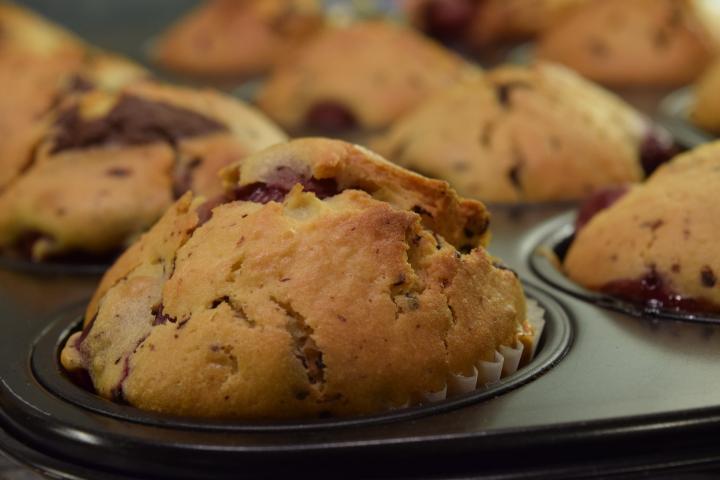
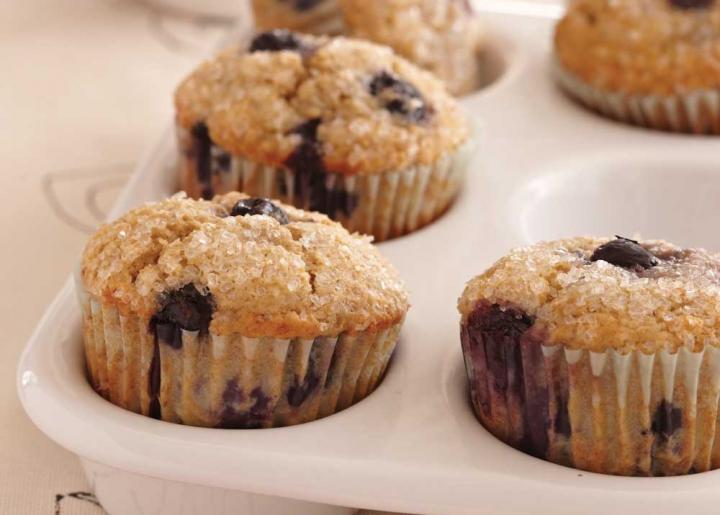
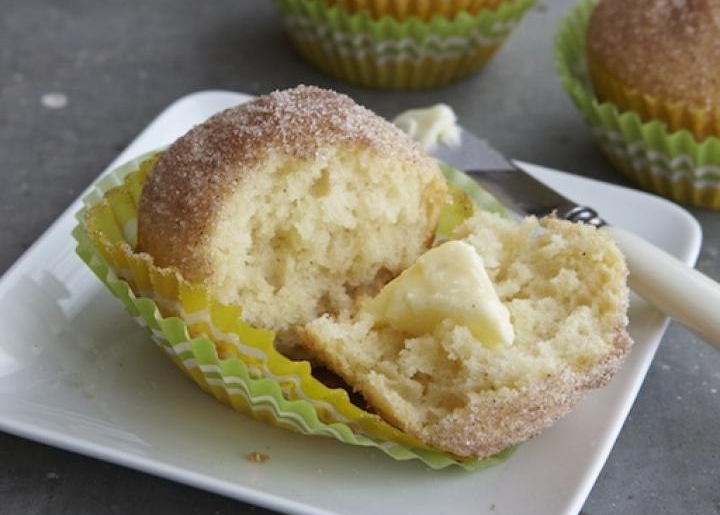
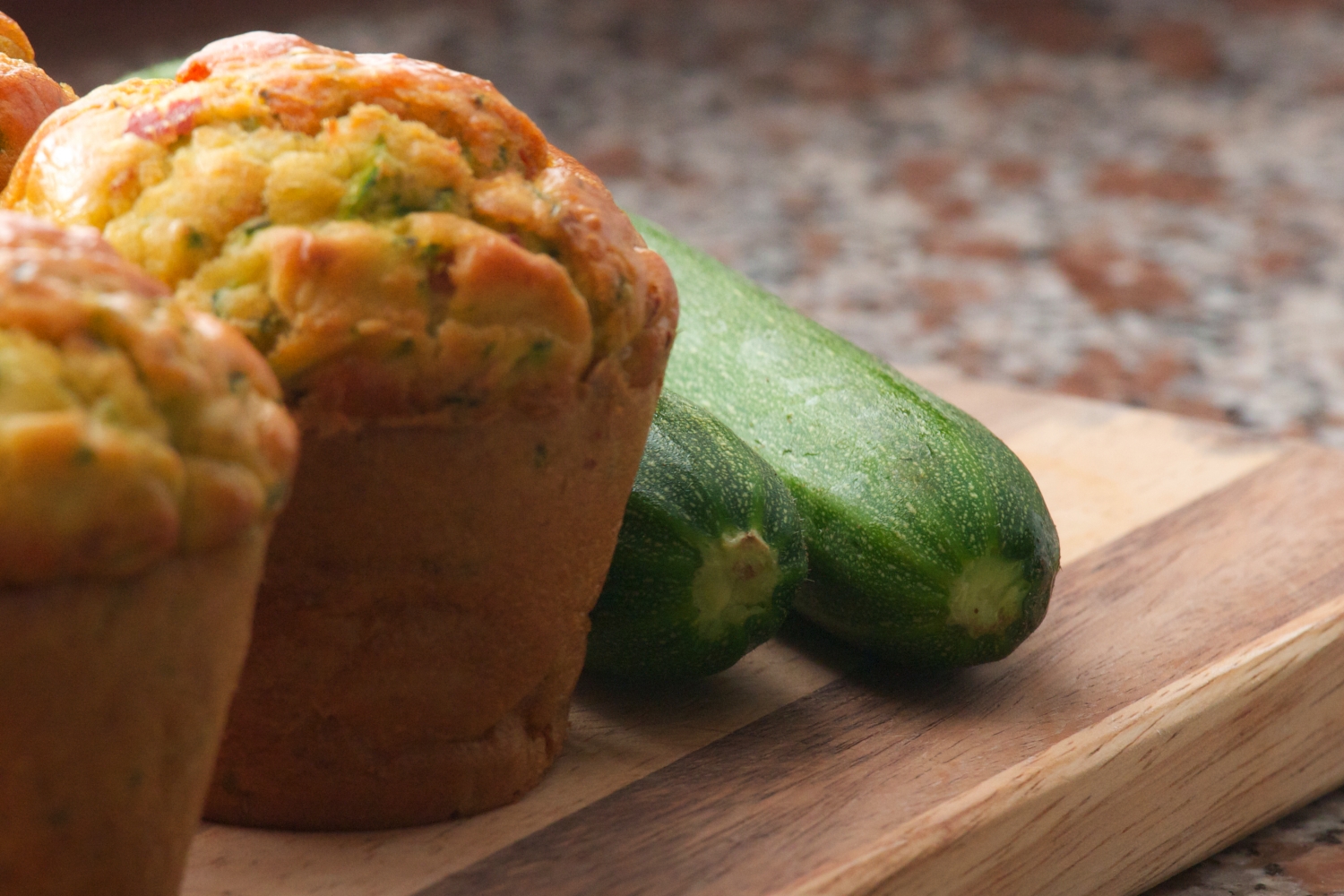
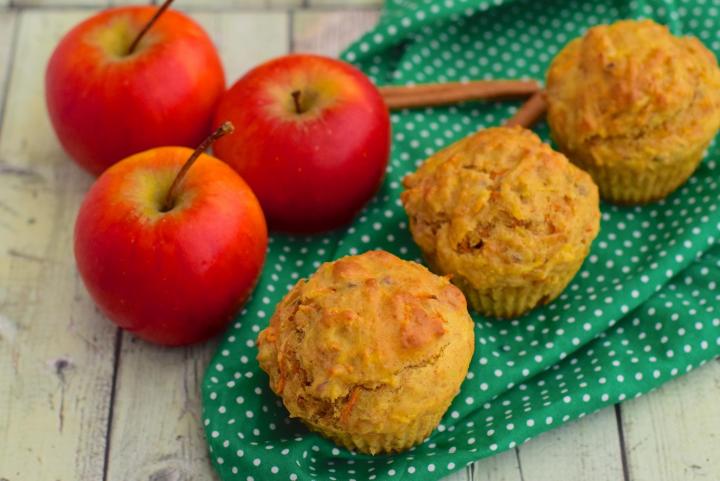
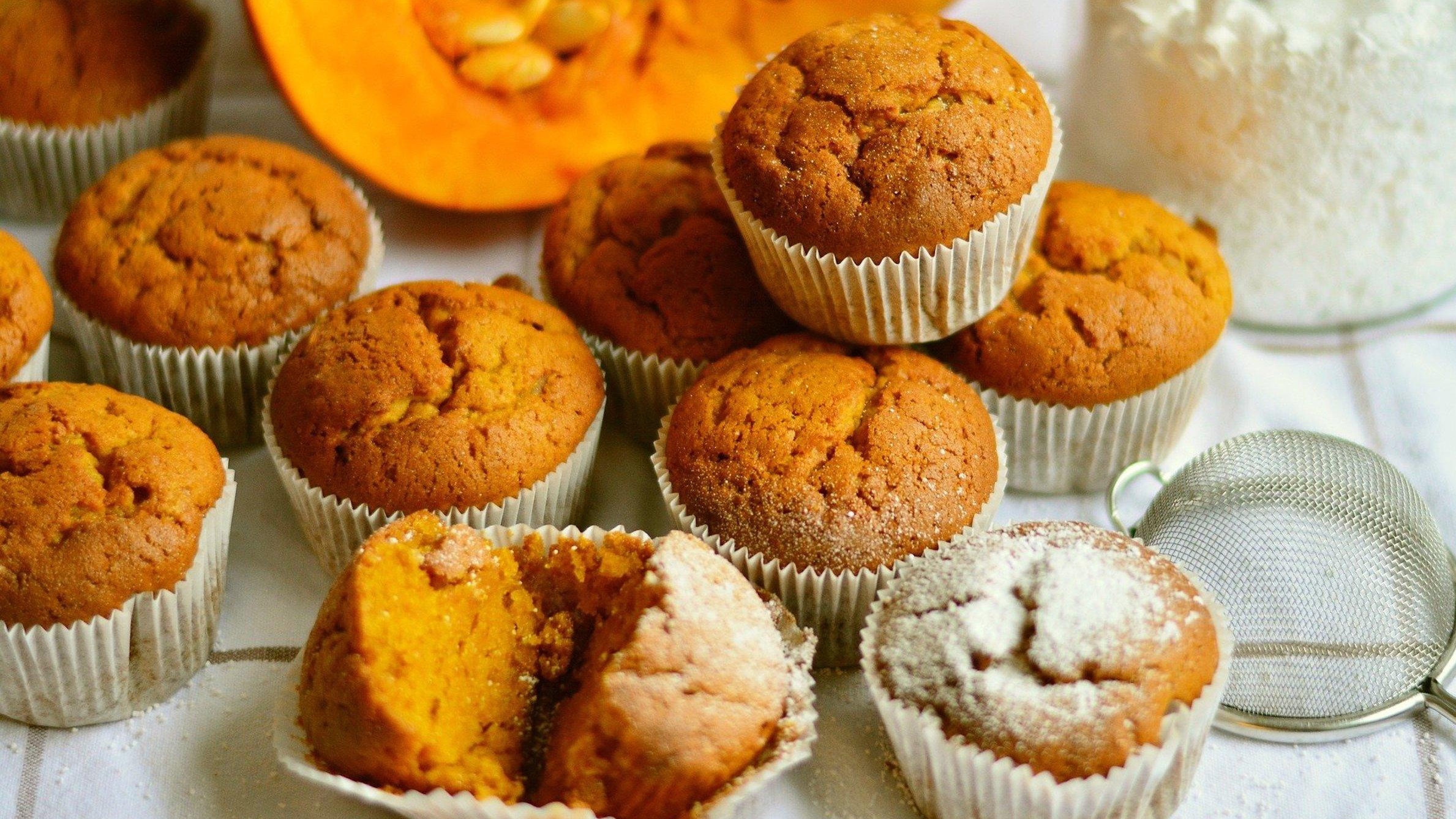
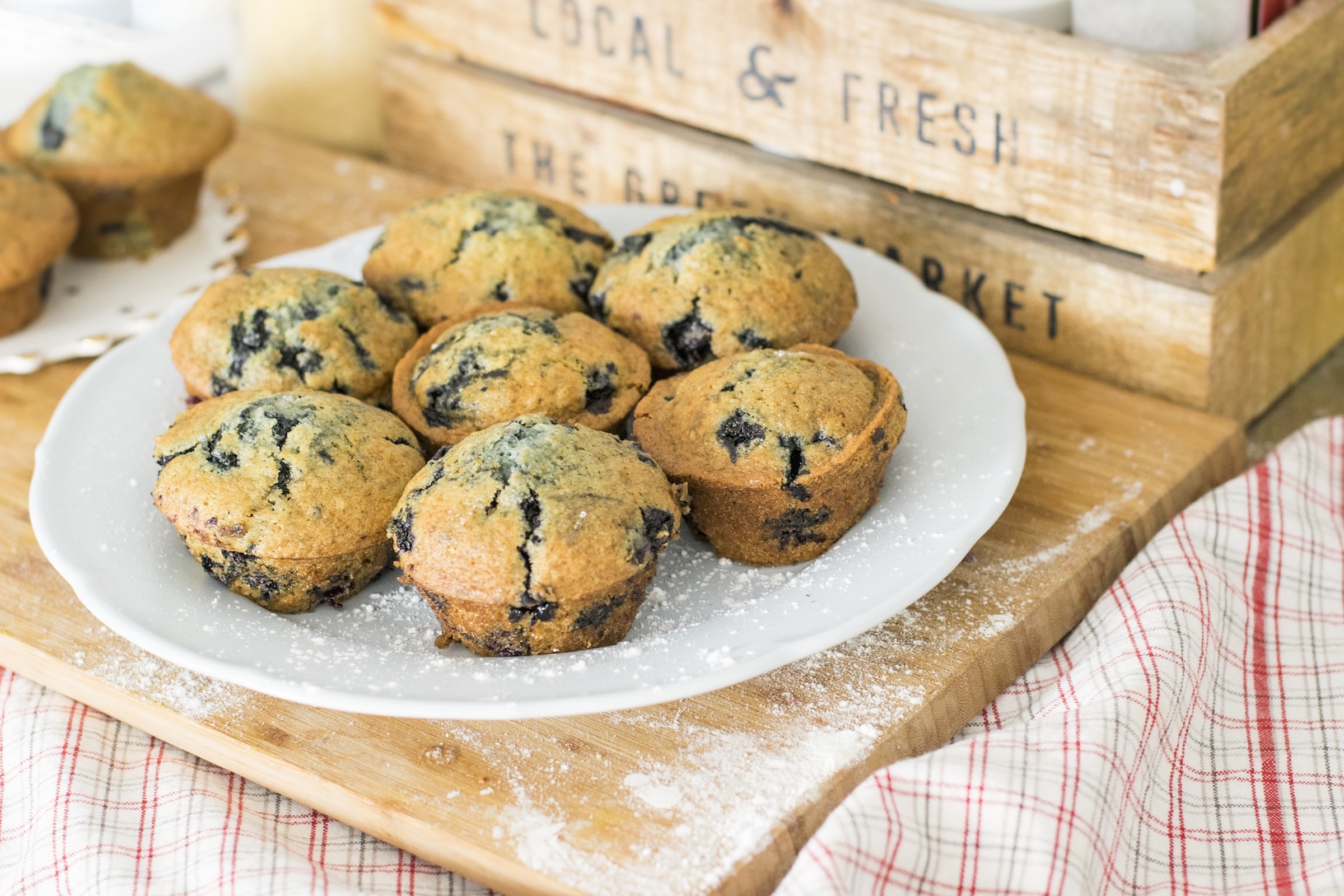

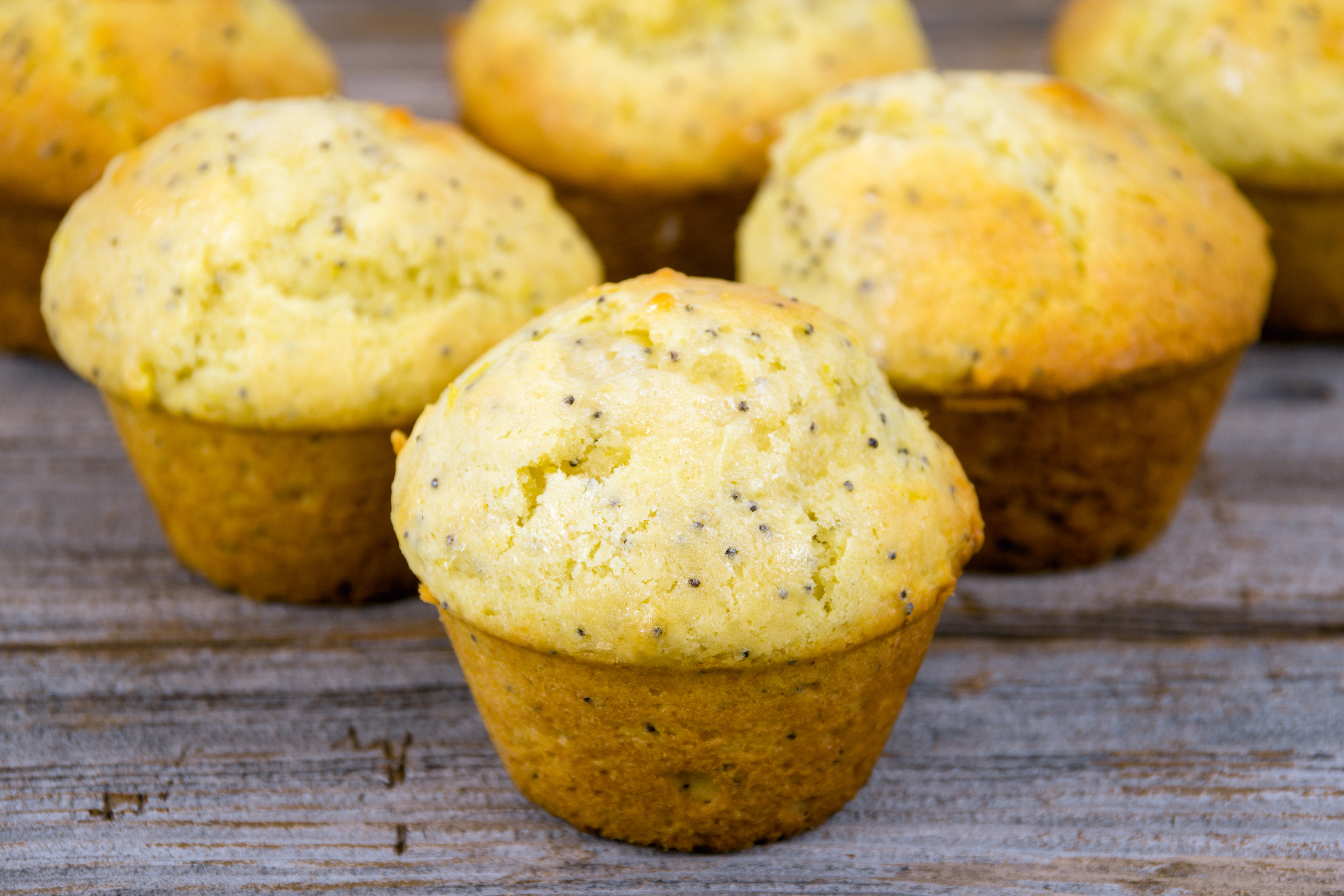
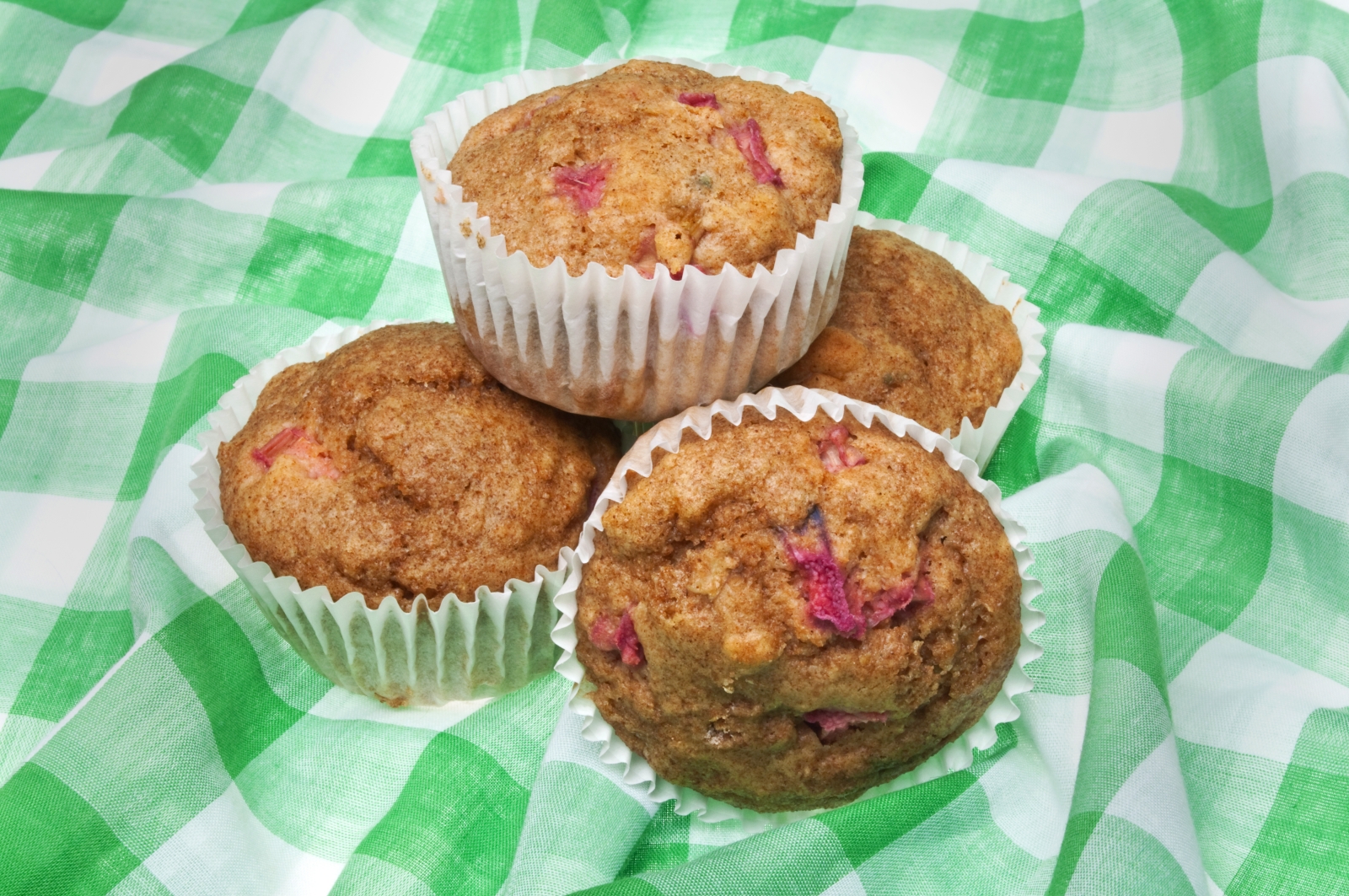
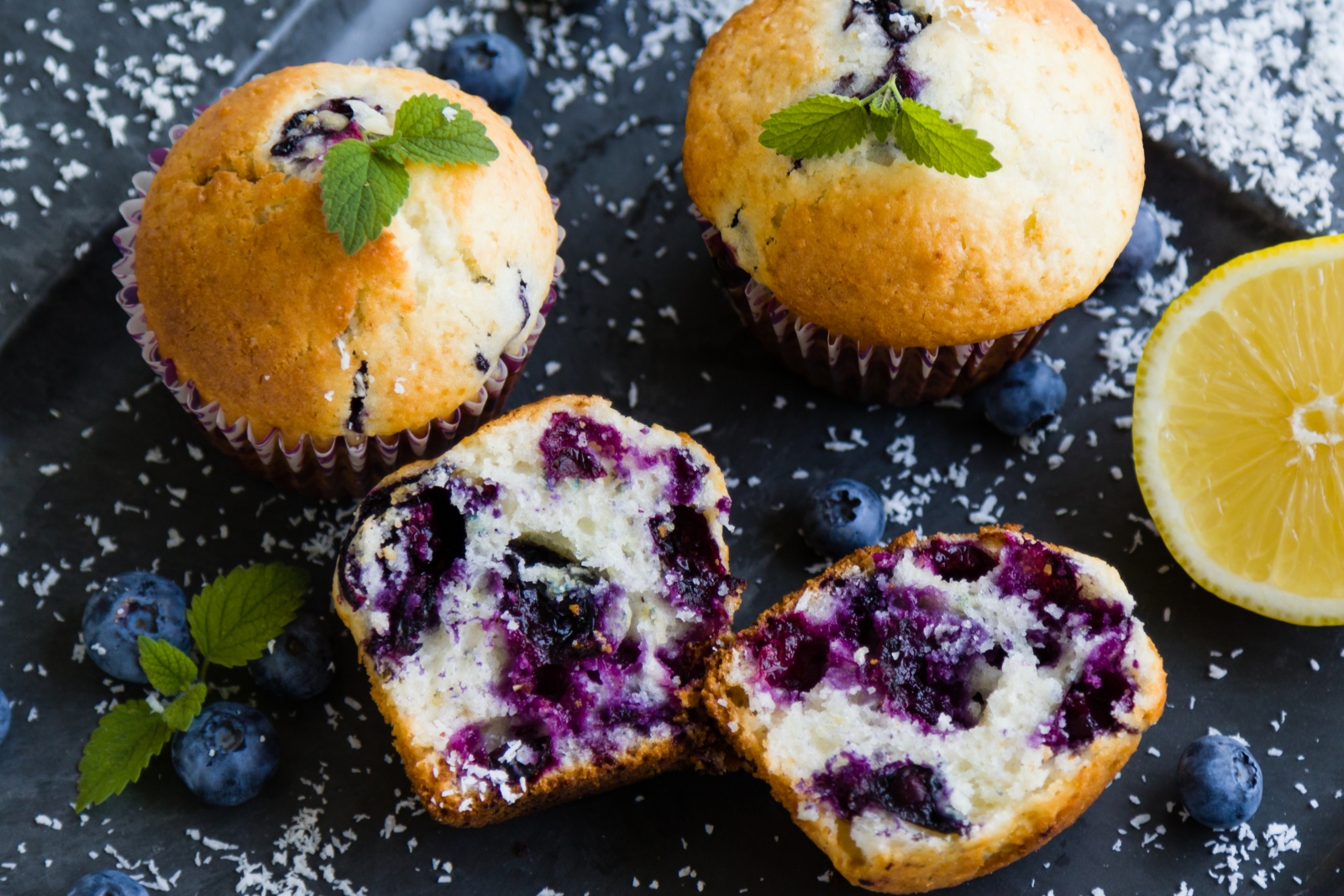










Comments